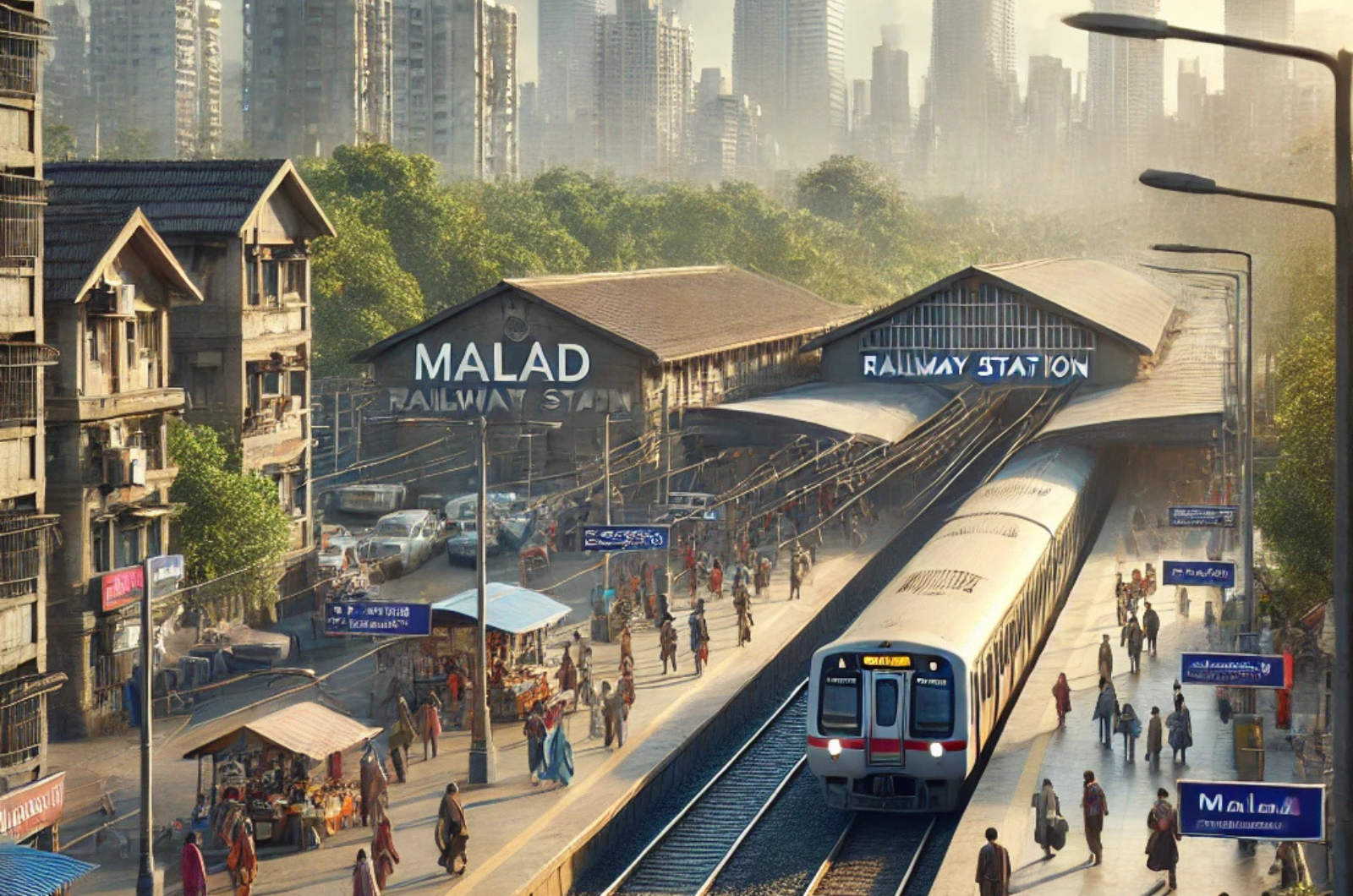Everything You Should Know About Malad
Malad, a bustling suburb in Mumbai, India, is a fascinating blend of history, modernity, and cultural diversity. Located in the northern part of the city, it has evolved from a quiet village into a th
Malad, a bustling suburb in Mumbai, India, is a fascinating blend of history, modernity, and cultural diversity. Located in the northern part of the city, it has evolved from a quiet village into a th

Malad, a bustling suburb in Mumbai, India, is a fascinating blend of history, modernity, and cultural diversity. Located in the northern part of the city, it has evolved from a quiet village into a thriving urban hub, attracting residents, businesses, and visitors alike. Whether you’re planning to move here, visit, or simply learn more, this detailed guide covers everything you need to know about Malad—its history, lifestyle, attractions, and why it’s a standout location in Mumbai. Written to be 100% unique, informative, and SEO-friendly, this article aims to rank high on search engines while offering value to readers.
Malad’s roots stretch back centuries, with its name believed to be derived from the Marathi word Mal (meaning hill) and Ad (indicating a settlement), hinting at its early geography. Originally a cluster of fishing and agrarian villages, it was part of the larger Koli community’s domain—indigenous fishermen who still influence the area’s culture. During the British colonial era, Malad remained a rural outpost, overshadowed by Mumbai’s southern growth. However, post-independence, rapid urbanization transformed it into a key residential and commercial zone.
By the late 20th century, Malad saw significant development with the construction of housing complexes, markets, and railway connectivity via the Western Line. Today, it’s divided into Malad East and Malad West, each with its own character—East leaning toward residential calm and West buzzing with commercial energy. This evolution makes Malad a microcosm of Mumbai’s growth, blending old-world charm with contemporary flair.
Malad lies in the northern suburbs of Mumbai, approximately 30 kilometers from the city center (South Mumbai). It’s bordered by Goregaon to the south, Kandivali to the north, and the Arabian Sea to the west. The Malad railway station, a vital node on the Western Railway network, connects it seamlessly to other parts of Mumbai, while the Western Express Highway ensures smooth road access. Its proximity to the Sanjay Gandhi National Park adds a touch of nature to this urban sprawl, making it a unique spot in the metropolitan landscape.
Living in Malad offers a dynamic lifestyle shaped by its diversity and accessibility. The suburb is home to a mix of communities—Marathi, Gujarati, South Indian, and more—creating a rich cultural tapestry. Residents enjoy a range of housing options, from affordable apartments in Malad East to upscale residences near Mindspace in Malad West, a prominent IT and business hub.
Daily life here is marked by convenience. Malad’s markets, like the bustling Orlem Market and Dindoshi Bazaar, cater to every need, from fresh produce to clothing. The suburb’s connectivity—via trains, buses, and auto-rickshaws—makes commuting to workplaces in Andheri, Bandra, or beyond manageable. For families, reputed schools like St. Joseph’s and Billabong High, alongside colleges like Atharva Institute, ensure quality education.
Yet, Malad isn’t just about practicality; it’s a place of leisure too. Malls like Inorbit and Infinity offer shopping, dining, and entertainment, while eateries serving local delicacies like vada pav or global cuisines thrive. The laid-back vibe of Marve Beach, a short drive away, provides a serene escape from the city’s chaos.
Malad boasts several attractions that reflect its heritage and modern appeal. Here’s a detailed look at the must-visit spots:
These spots highlight Malad’s ability to cater to history buffs, nature lovers, and urban explorers alike.
Malad’s appeal as a residential and investment hotspot stems from several factors:
For investors, the suburb’s steady appreciation in real estate value—driven by its strategic location and development—makes it a smart long-term bet.
Malad’s shopping scene is a mix of traditional and modern. Beyond Inorbit and Infinity malls, street markets like Link Road and Natraj Market offer budget-friendly finds—think jewelry, electronics, and home decor. For groceries, hypermarkets like D-Mart and local vendors keep options plentiful.
Dining here is equally diverse. Craving street food? Try the pav bhaji stalls near Malad Station. For a sit-down meal, restaurants like Pop Tate’s or Copper Chimney serve everything from Indian classics to continental dishes. Seafood lovers can head to coastal eateries near Marve, where fresh catches like pomfret and prawns steal the show.
No place is perfect, and Malad has its share of challenges. Traffic congestion, especially on Link Road and during monsoons, can test patience. Overcrowding on local trains during peak hours is another hurdle for commuters. Additionally, rapid development has strained infrastructure in some pockets, leading to occasional water or power issues. However, ongoing civic improvements aim to address these concerns.
Navigating Malad is straightforward thanks to its robust transport network:
For outstation trips, Chhatrapati Shivaji International Airport is about 15 kilometers away, a 30–45-minute drive depending on traffic.
As of March 25, 2025, Malad continues to grow. The metro expansion, coupled with commercial projects, signals a bright future. Plans to upgrade roads and public spaces aim to enhance livability, while green initiatives near Sanjay Gandhi National Park could preserve its natural edge. For businesses, Malad’s role as an IT and media hub is only set to expand, drawing more professionals and boosting the local economy.
Malad is more than just a Mumbai suburb—it’s a vibrant community with a unique identity. Its blend of affordability, opportunity, and leisure makes it a compelling choice for residents and visitors. Whether you’re drawn to its beaches, markets, or modern amenities, Malad offers something for everyone. Have you explored this dynamic area yet? Dive into its charm and discover why it’s one of Mumbai’s hidden gems!
Writer and content creator
Log in to share your thoughts and engage with other readers.